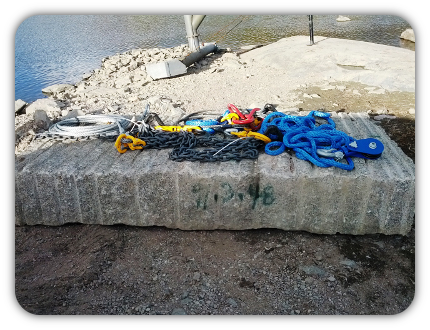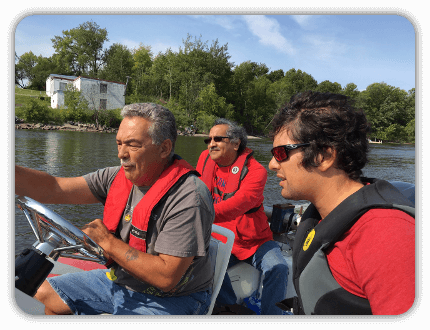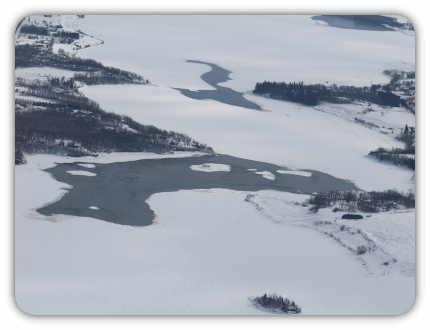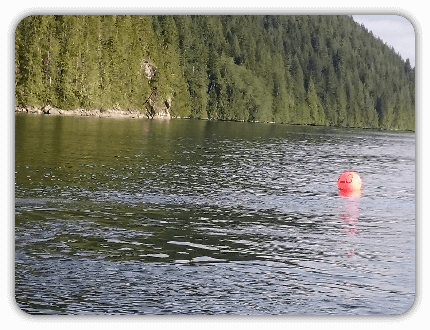-
Flow characterization at the CHTTC
-
In order to offer the best service to hydrokinetic turbine developers, the flow at the CHTTC must be fully characterized. In 2015, a procedure was developed to perform the measurements that would create a fully characterized site. In this procedure, the ADV, ADCP and shear probe are utilized. A three day campaign was performed in the same year, to test the characterization measurement procedure. The three days of measurements resulted in data that showed that the developed procedure could use multiple instruments to measure velocity and turbulence characteristics at any point in the river and at any depth. The procedure was then used in 2016 during a measurement campaign spanning a total of three weeks. During these three weeks, 20 points were measured and the data is currently being processed. During the collection of the data, it became apparent that the ADV would not descend past 75% of the way down the water column. At the end of the 2016 season, the researchers set out to diagnose this issue. Using the ARIS sonar camera, it was found that the blocks holding the ADV guide wire to the river bed were lifting up when the ADV reached about mid way through the water column. Then, using the winch on the measurement platform, the weights were lowered to the river bed and the ADV was able to reach the bottom of the water column. With this new found information, researchers will set out in 2017 to characterize the boundary layer at the CHTTC, which is information that is missing from previously collected data.

-
-
Numerical Modelling of the CHTTC Site
-
In order to create and validate numerical models, the CHTTC has been working on developing a numerical model of the Seven Sisters Channel. Using the vast wealth of field data collected at the CHTTC, it is possible to use field data to validate numerical models for flow prediction. These models can be then be used to predict flows outside of the CHTTC by changing the geometry to match other channels. Models such as these could be of use to turbine manufacturers who want a quick method of analyzing flow in a desired turbine installation location.
-










